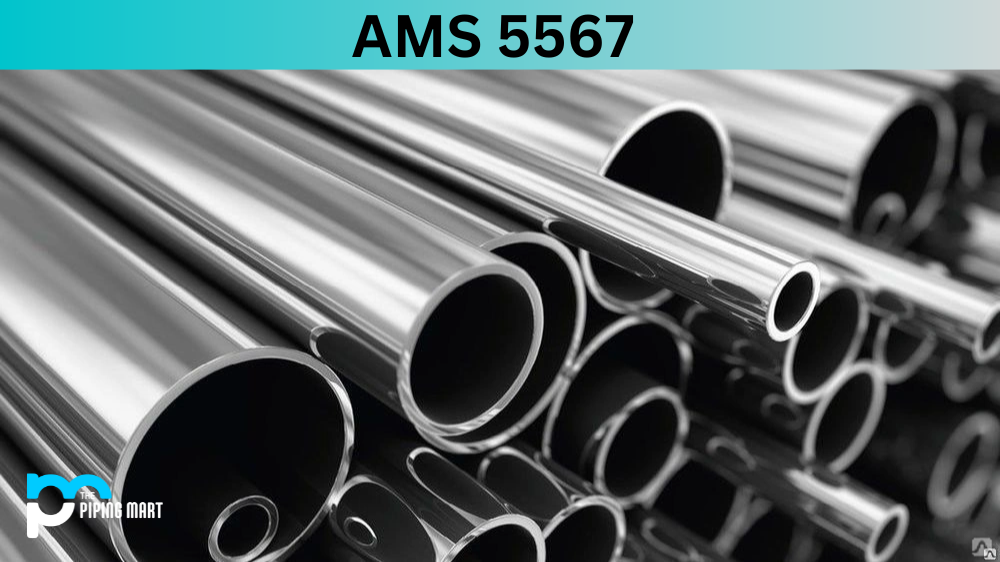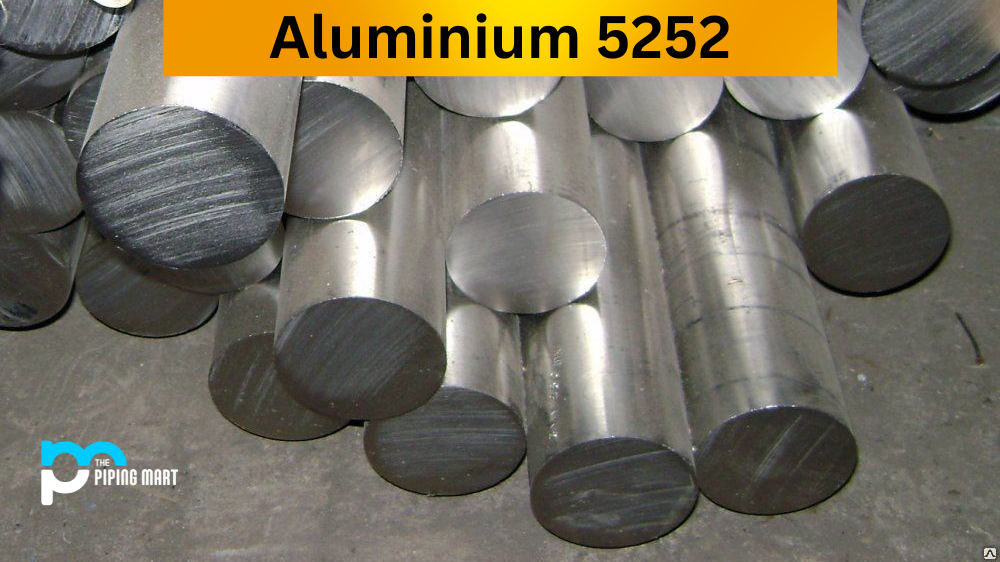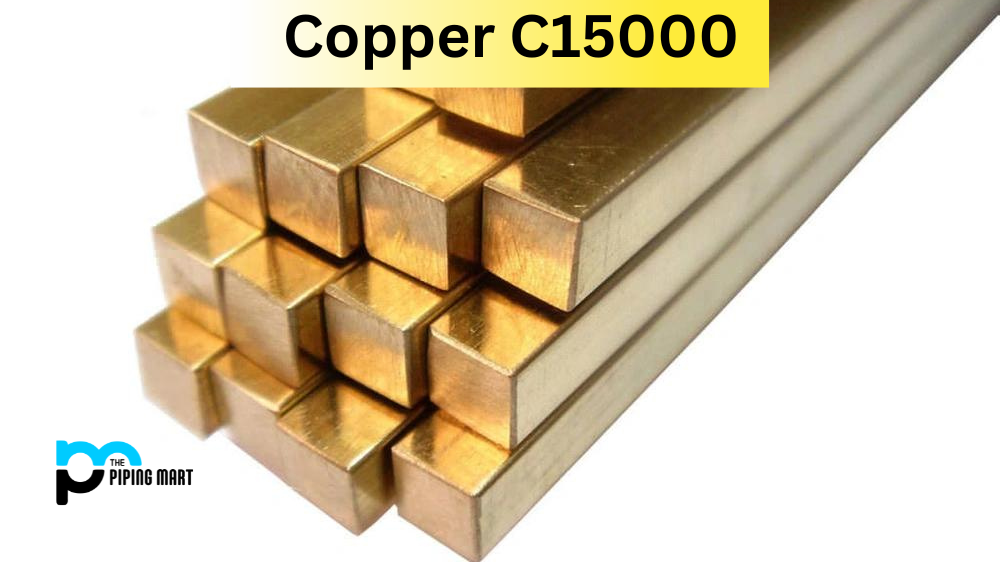AMS 5567 is a well-known material in the engineering industry. It is a high-temperature alloy with excellent properties, including corrosion resistance, toughness, and strength. This material is typically used in aerospace, chemical processing, and power generation applications. This blog post will delve deeper into AMS5567 and discuss its composition, physical and mechanical properties, uses, hardness, and heat treatment.
What is AMS 5567?
AMS 5567 (also known as 304 Stainless Steel) is a specification that outlines the requirements for seamless and welded tubes made from a corrosion and heat-resistant stainless steel. This specification is designed for use in a range of high-temperature and high-pressure aerospace and industrial applications. What sets AMS5567 apart from other standards is its focus on material composition, corrosion resistance, and mechanical properties. Those seeking to manufacture or utilize stainless steel tubes must adhere to AMS 5567 material to ensure that their products are up to par in terms of durability and safety. Understanding the details of this specification can help professionals make informed decisions about which materials to use in their manufacturing processes.
What Form Is AMS 5567 Available at Piping Mart?
- Nut
- Bar
- Bolt
- Pipe
- Screw
- Tubing
- Valves
- Washers
- Channels
- ERW Pipes
- Flanges
- Fasteners
- Electrodes
- Stud Bolts
- Sheet Plates
- Pipe Fittings
- Forged Fitting
- Instrumentation Fittings
AMS 5567 Composition
AMS 5567 tubing is a high-temperature nickel, chromium, and iron alloy. It contains 15-17% chromium, 7-9% iron, and 51-56% nickel. It also contains small amounts of copper, manganese, molybdenum, silicon, and carbon, all contributing to its excellent properties.
| Element | % Present |
|---|---|
| Carbon (C) | 0.07 |
| Chromium (Cr) | 17.50 – 19.50 |
| Manganese (Mn) | 2.00 |
| Silicon (Si) | 1.00 |
| Phosphorous (P) | 0.045 |
| Sulphur (S) | 0.015b) |
| Nickel (Ni) | 8.00 – 10.50 |
| Nitrogen (N) | 0.10 |
| Iron (Fe) | Balance |
AMS 5567 Physical Properties
AMS 5567 has a density of 8.1 g/cm3 and a melting point of 1380°C. It has a thermal conductivity of 11.9 W/mK and a specific heat capacity of 444 J/kg.K. Moreover, this material possesses excellent corrosion resistance even in harsh environments, making it an ideal candidate for use in chemical processing plants.
| Property | Value |
|---|---|
| Density | 8,000 Kg/m3 |
| Melting Point | 1450 °C |
| Thermal Expansion | 17.2 x 10-6 /K |
| Modulus of Elasticity | 193 GPa |
| Thermal Conductivity | 16.2W/m.K |
| Electrical Resistivity | 0.072 x 10-6 Ω .m |
AMS 5567 Mechanical Properties
AMS 5567 sheet is a high-strength material with a yield strength of 260 MPa and a tensile strength of 590 MPa. It also has a high modulus of elasticity of 204 GPa, making it an excellent material for applications that require high stiffness. It also displays excellent toughness and can withstand high-stress and impact conditions without breaking.
| Property | Value |
|---|---|
| Comprehensive Strength | 210 MPa |
| Proof Stress | 210 Min MPa |
| Tensile Strength | 520 – 720 MPa |
| Elongation | 45 Min% |
AMS 5567 Equivalents
|
Euronorm |
UNS |
BS |
En |
Grade |
|
1.4301 |
S30400 |
304S15 304S16 304S31 |
58E |
304 |
AMS 5567 Uses
AMS 5567 plates is widely used in aerospace, particularly in aircraft engines, gas turbines, and other high-temperature components. It is also used in chemical processing plants, where it is essential to minimize the risk of corrosion. Moreover, this material finds applications in power generation, nuclear energy, and other industries requiring high-temperature resistance.
AMS 5567 Hardness
AMS 5567 has a hardness of 200-240 HBW. This is relatively lower compared to other metals in its category. However, it makes up for that with its other properties, such as high tensile strength and corrosion resistance.
AMS 5567 Heat Treatment
Heat treatment is essential for enhancing the mechanical and physical properties of AMS 5567. Among the most common heat treatment methods for this material is solution annealing. Here, the material is heated to a specific temperature and then quenched in water. This process increases its flexibility and toughness while improving its resistance to corrosion and fatigue.
Conclusion:
AMS 5567 material is a high-temperature alloy with excellent properties such as high strength, toughness, and corrosion resistance. It is widely used in the aerospace, chemical processing, and power generation industries. Its nickel, chromium, and iron composition makes it an ideal candidate for high-temperature environments. Moreover, its heat treatment processes, such as solution annealing, enhance its mechanical and physical properties, making it a versatile and reliable material for various applications.

Meet Bhavesh, a seasoned blogger with a wealth of knowledge and experience. From metal products manufacturing to retail, Bhavesh has a diverse background in various industries and is dedicated to sharing his insights and expertise with readers.




